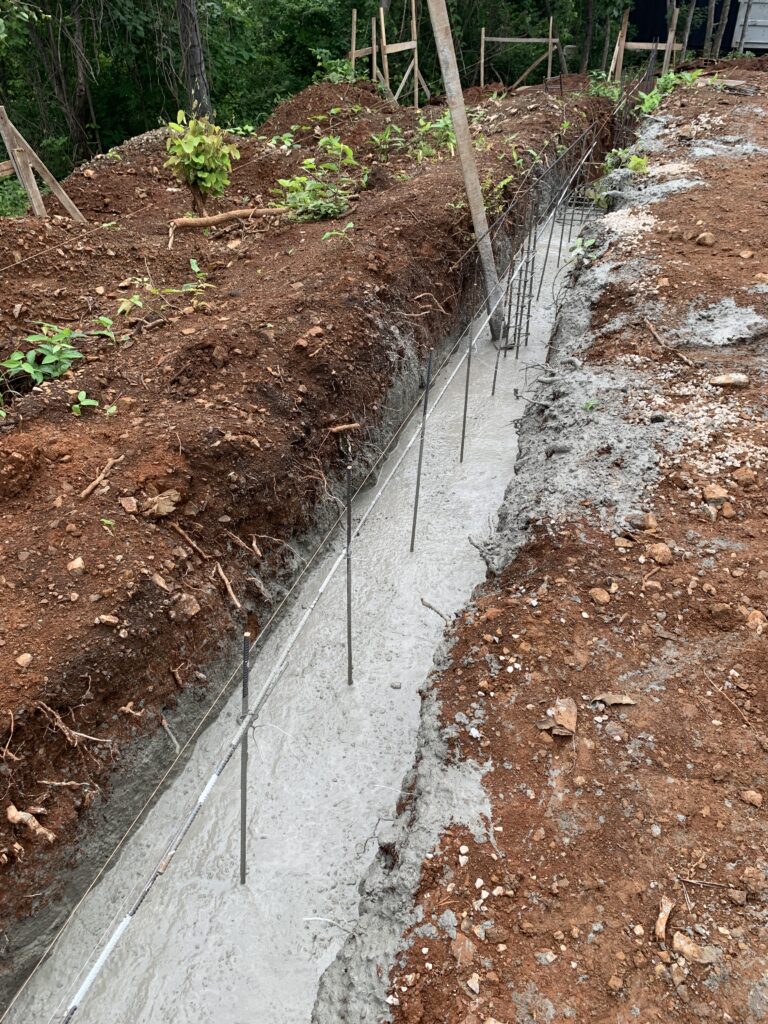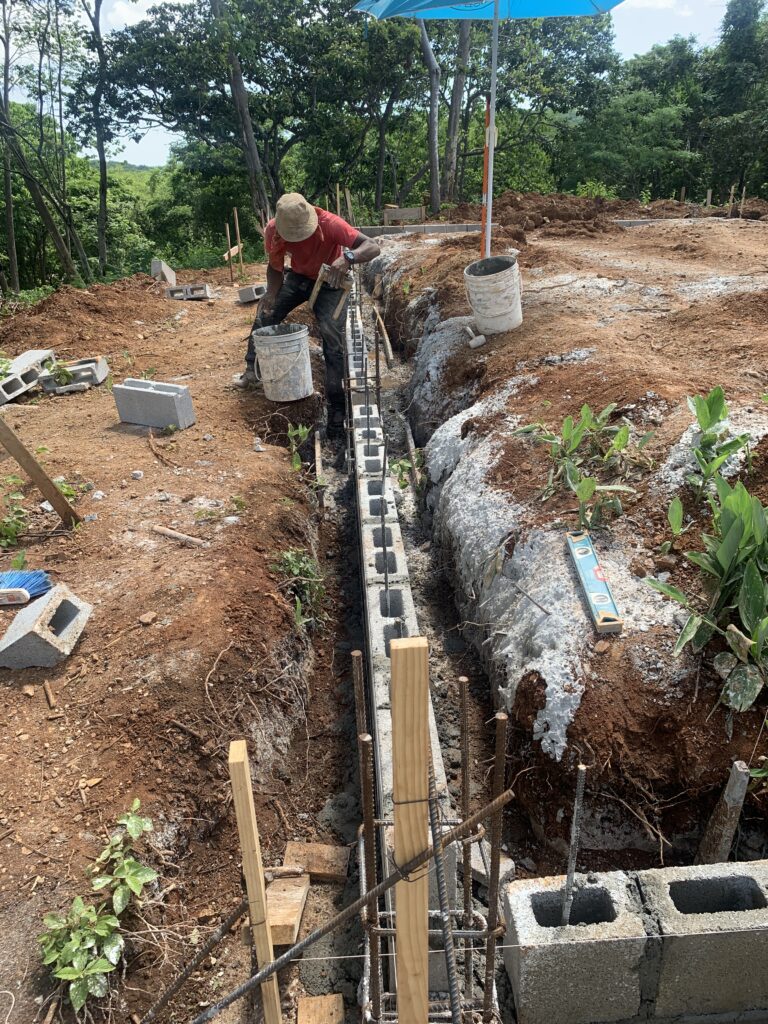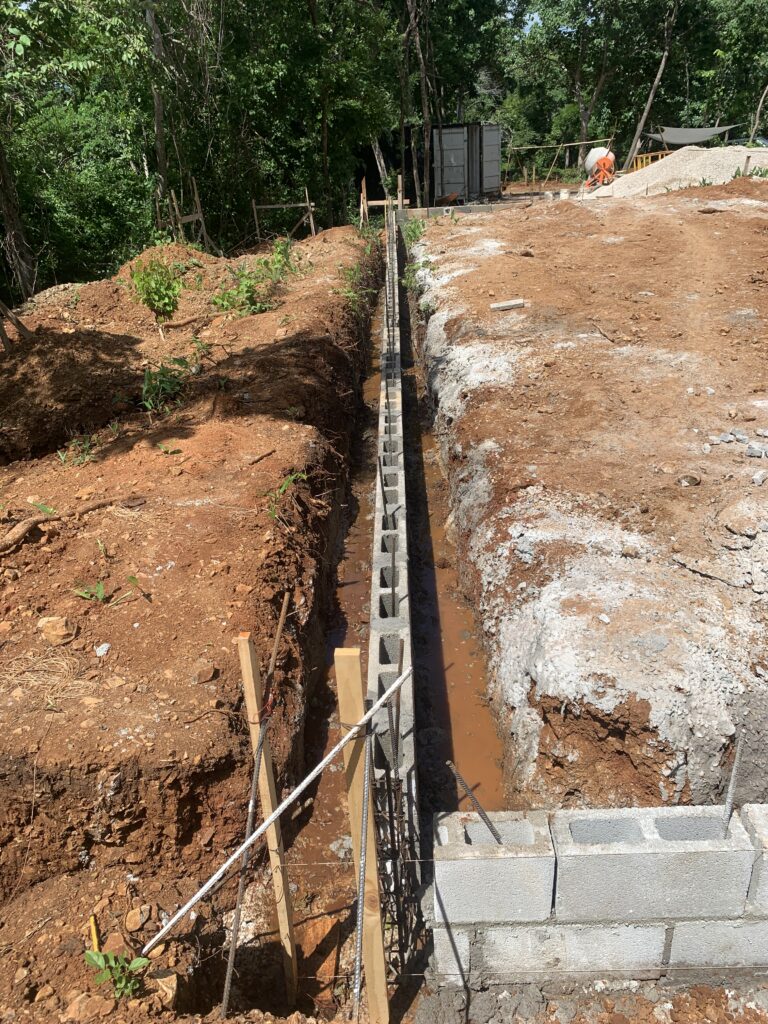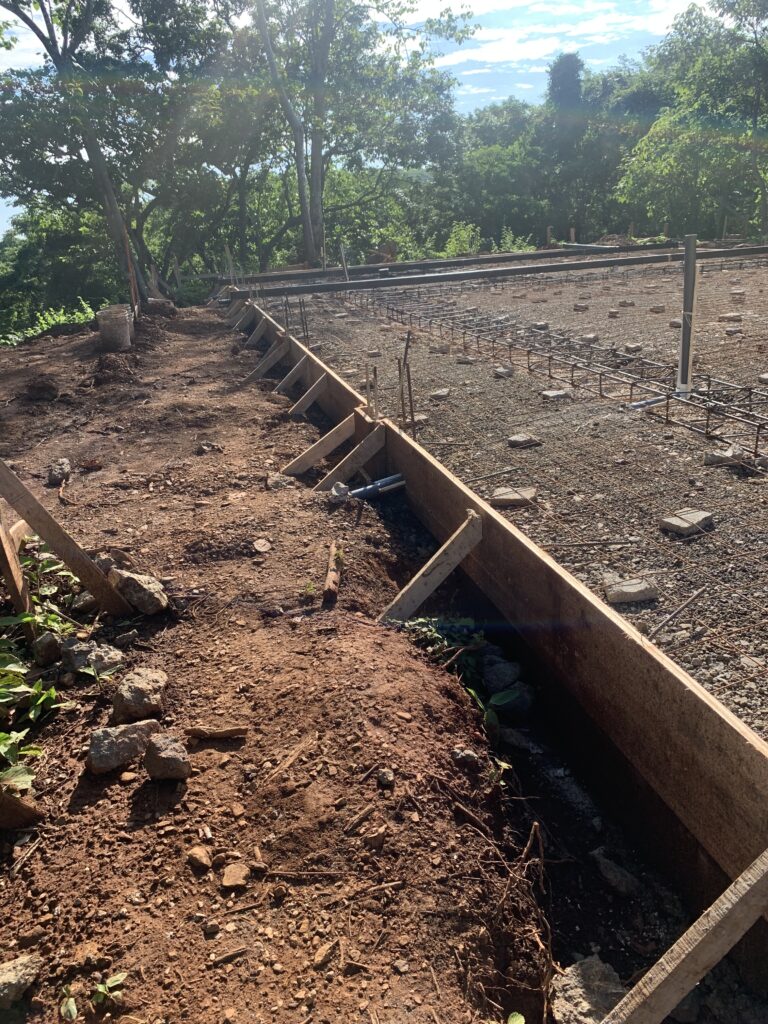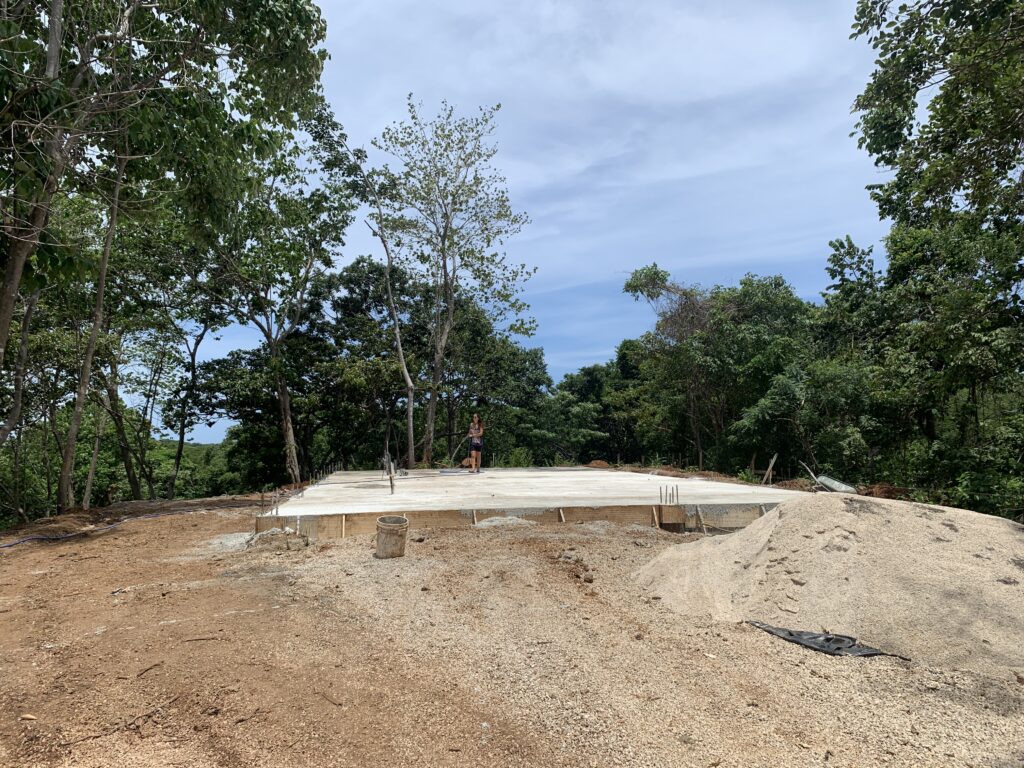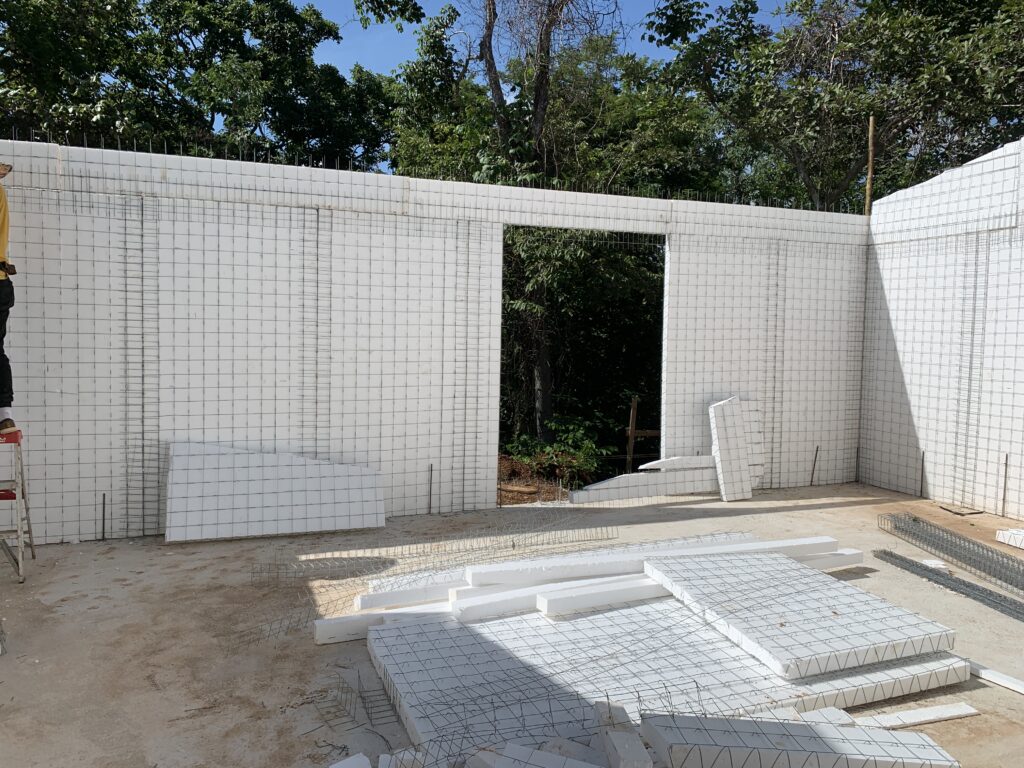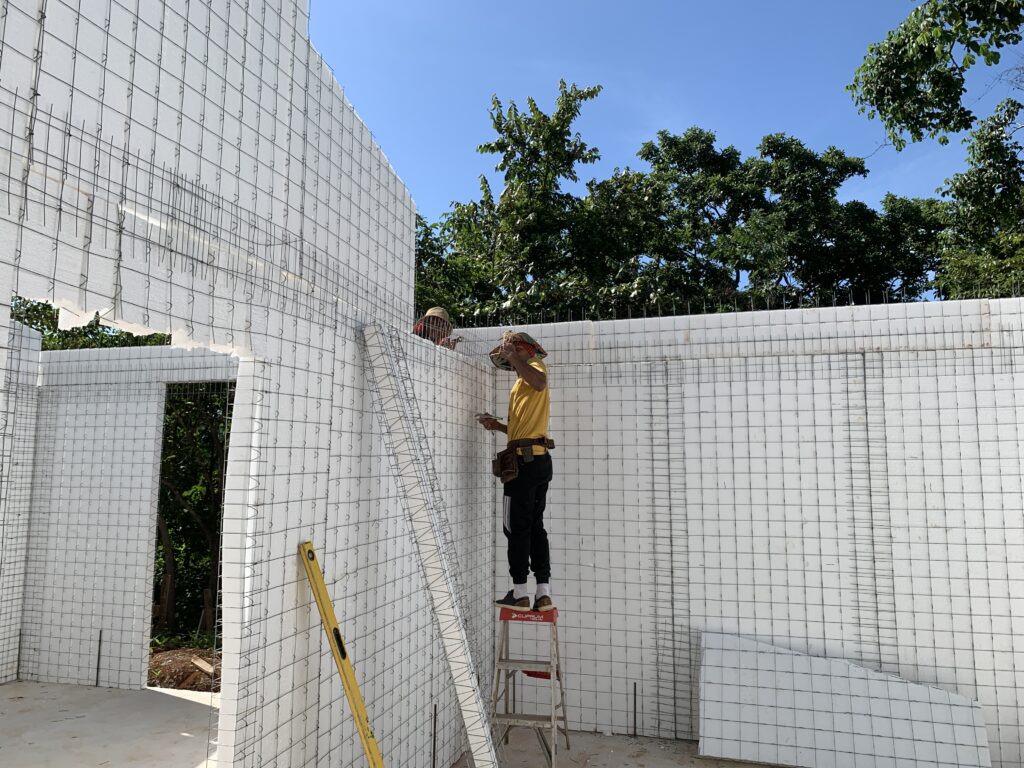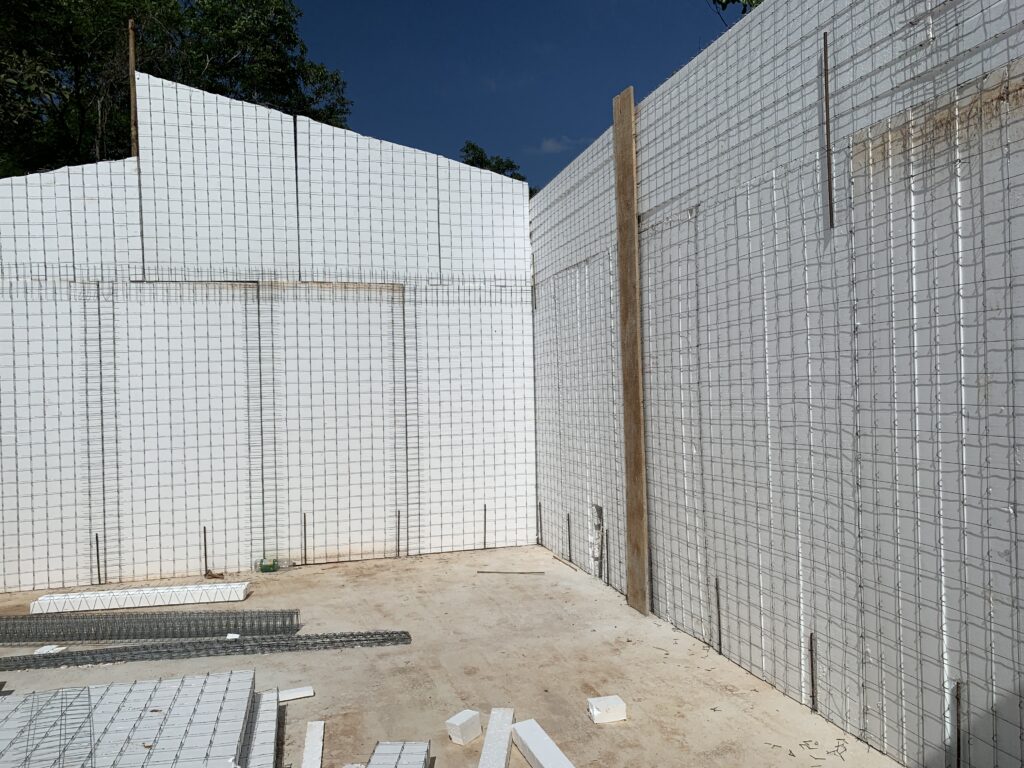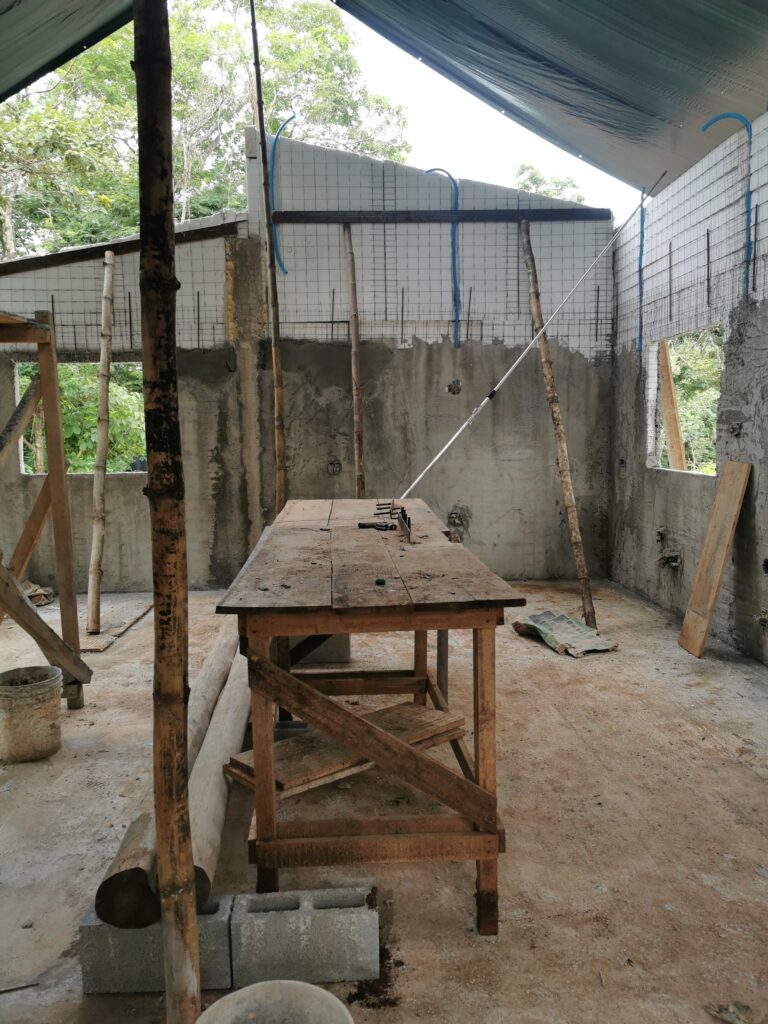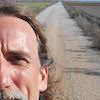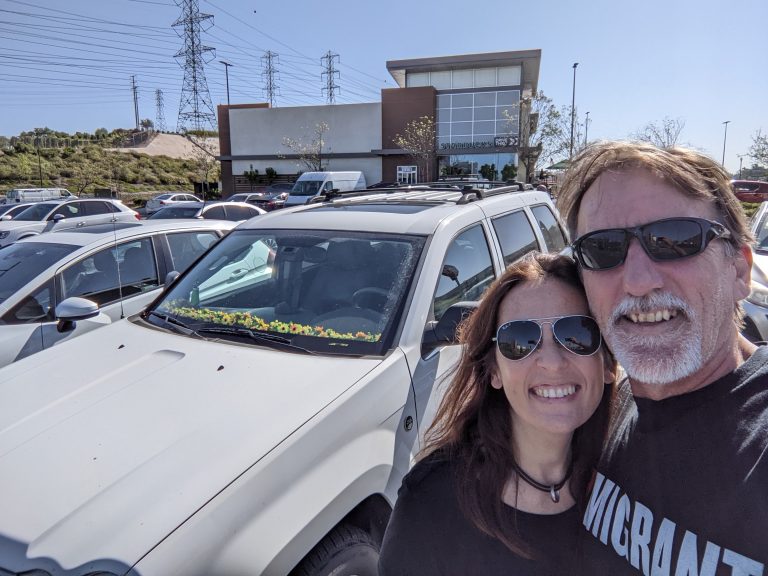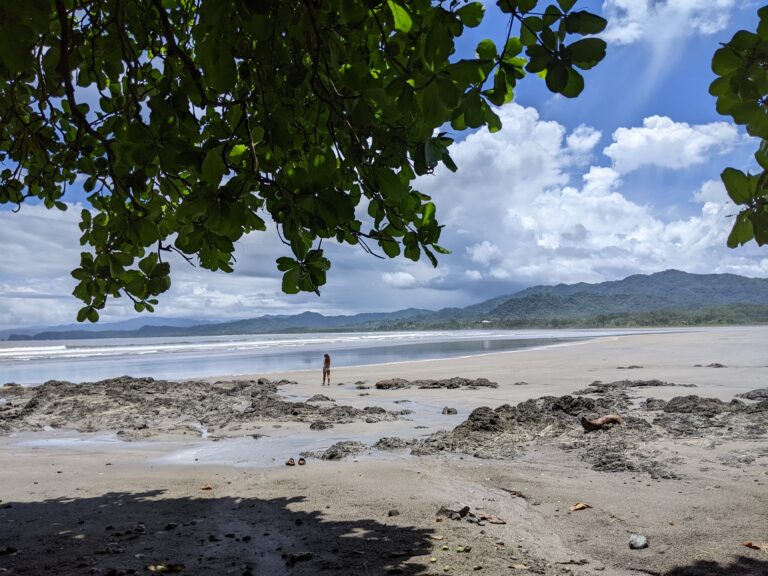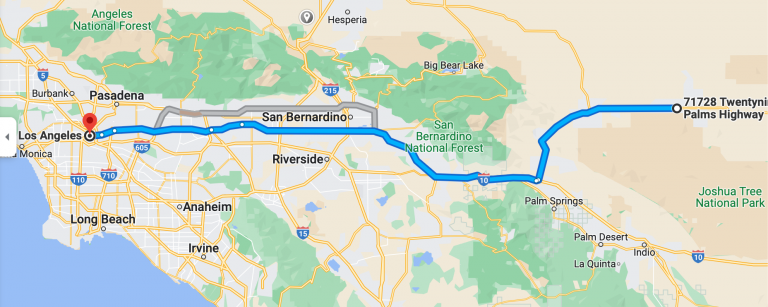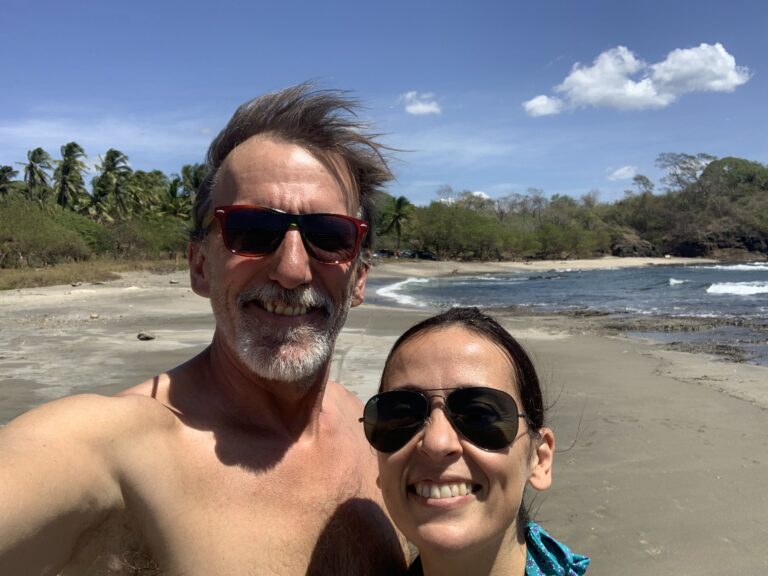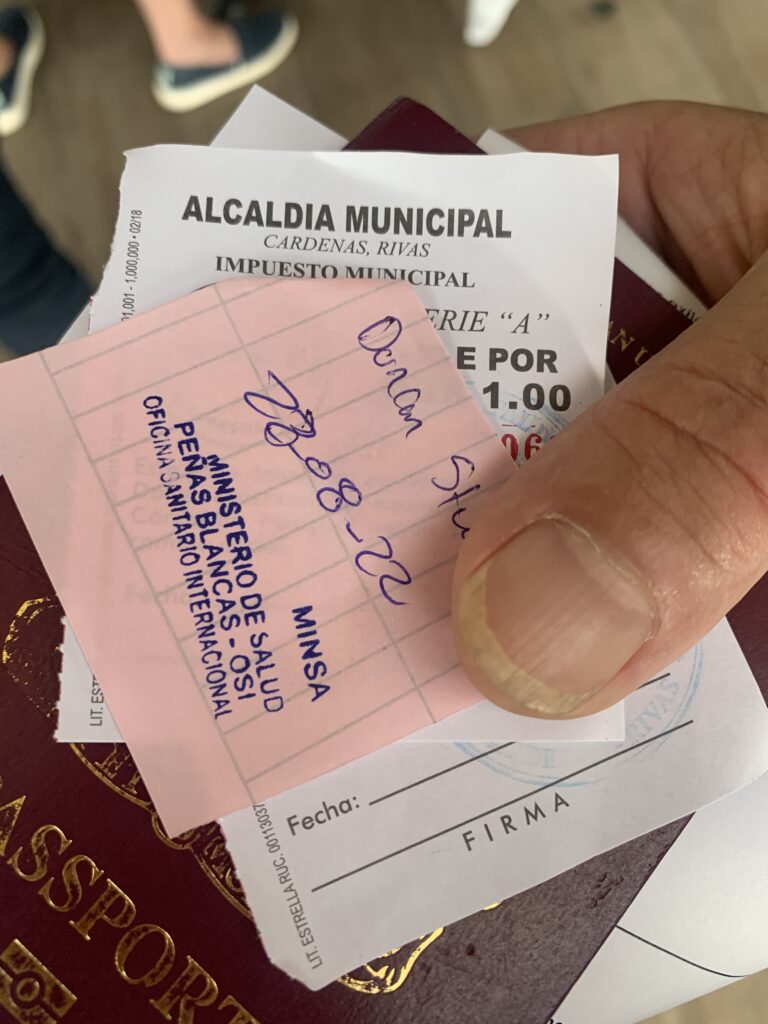Where to start?
I cannot believe how much we have accomplished in what is really such a short amount of Costa Rican time. Every achievement here is a prize. It takes work and a lot of communication and commitment before you can get anything done. Most of the wins so far have been down to Daniela’s amazing logistic skills gleaned from her experience in business. She knows how to make people feel in control when, really, they are far from it. She manipulates the machismo with an air and grace they cannot counter. If I was dealing with them we would be nowhere near as far advanced. So all credit to her for being responsible for getting the water and electricity meter installed, the materials delivered on time, the municipal documents in order and creating the most in depth spreadsheet of the costs, comparisons and balances of all that has been done so far.
But that is not to diminish the amount of physical labour I have done. I can’t even remember what but it is a lot. I have, with the help of Jesse and Alonso, built armadura, the rebar reinforcements for the foundations, mixed 10 tonnes of concrete and poured it to form the main footings. I have used my excavator to dig countless trenches for electric and water cables and pipes, moved many tonnes of earth from here to there and back again. Liga, the excavator, short for Liz and Gabriel, and Dani’s favourite singer when she was a kid, has been the best investment I ever made. It is incredible what you can do with this machine. Level ground, dig all day and all without breaking a sweat.
The hardest job to date was dealing with 14 cubic meters of concrete brought in by three huge trucks. It was a Saturday, and hot as an oven. Honestly? After the first load I thought I was going to die, but Jesse, our stocky Nicaraguan labourer, had my back and took the reins for a while. It is very sweet how he seemed to be protecting me. I forget sometimes that outwardly I am nearly 60! (inwardly just 24) But the guys are always impressed with my ability to keep up with them and often without taking breaks.
It was a monuMENTAL day but the sense of satisfaction was amazing. I was overcome with exhaustion, however, looking back at a nice flat area to build upon was the most amazing sight.
Everything, as I said, takes time in Costa Rica, you cannot rush things, or expect others to. As a result we are not as far ahead as I had envisaged. I was hoping to at least have the place roofed in by the time the rains came. But unfortunately, a five week delay waiting for permissions at the start has set us back by just that. If I only had those extra few weeks we could have done the roof and left without a worry. As it is though we are now back in the UK. The rainy season is upon us. But I have left three guys working on the project while we are away.
Edi, now a kind of foreman, is looking after the job, I have left him instructions and trust him implicitly to carry them out to the letter. He sends video updates every day. Before we left we were rendering the walls and had nearly finished them. He is now finished with that and moving on to the septic tank and second coat of plaster. By the time we return we will have finished walls and be able to get the roof on.
I had a few comments about the system we are using to build. Covintec has been around for over 20 years. Many companies have emulated the technique and sell their own versions. Here is a link to the ones we used. Panelco. Basically it involves the use of 8′ by 4′ polystyrene panels sandwiched between a mesh of galvanised wire. This is all interconnected through the polystyrene. Putting them up is a breeze. It only took us a day to erect all the walls. The hard part is tying them all together. You have to apply more mesh at each intersection and corner which is attached using short lengths of wire which is twisted on to lock the parts together. Many thousands of little twists of wire are a pain to install, literally. Your fingers and hands get torn up and numb from the repetition and I have suffered from RSI.
Once everything is locked together and the walls braced to hold them vertical you can begin to apply cement render to both sides. This is what gives the walls their strength. The first coat is very rough and not too much effort is made to make it smooth. This happens with the second coat and then a final finish coat. The tops of the walls are strengthened by removing polystyrene and filling the void with rebar and concrete. All in all it becomes an incredibly strong wall. The suppliers claim better seismic resistance than block, and much better heat insulation properties. We stayed in a place built out of this stuff and the temperature inside was always many degrees cooler than outside. Here that is a massive plus. Temperatures can sore to 36 degrees, so a cool house is a necessity.
Would I use the system again? Yes, definitely, but I would employ more labourers to tie all those bloody wires next time!
To anybody who is considering buying and building in Costa Rica here are a few words of advice.
Don’t expect anything to go to plan, it won’t.
Expect to pay way more than you anticipate for everything!
Don’t try to do it without plenty of help. preferably local and skilled
Stress is a killer of dreams. If stress starts creeping in, take a break, go to the beach and soak up the beauty. That way you never forget why you are here doing this tumultuous thing.
Pura Vida.




